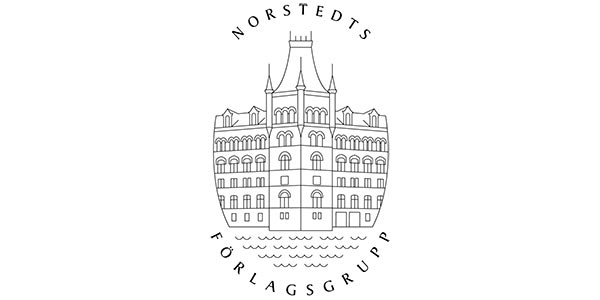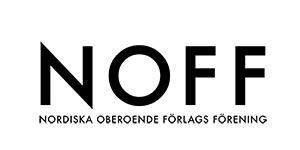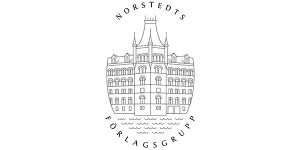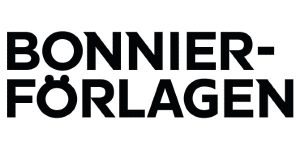
Knut Ströms scenografi och bildvärld : visualisering i tid och rum

| Serie | Gothenburg Studies in Art and Architecture |
|---|---|
| Författare | |
| Förlag | Acta Universitatis Gothoburgensis |
| Genre | Teater |
| Format | Danskt band |
| Språk | Svenska |
| Antal sidor | 221 |
| Vikt | 937 gr |
| Utgiven | 2010-11-24 |
| SAB | Ikz Ström, Knut |
| ISBN | 9789173466912 |
A pioneer in his field, Knut Ström (1887–1971) was a Swedish scenographer and director, who became the first professional scenographer in Sweden. He had an early international career in Düsseldorf during the 1910s but later worked in Göteborg for 41 years. He made visual revolution in Swedish scenography putting his name at stake to navigate between technology, critique and audience. There are thousands of visual statements left from Ström’s extensive production, such as scenographic sketches, costume sketches, scenographic models, photographs and posters. Earlier studies have not to any great extent taken an interest in visual material of this kind. This thesis presents a model for how to deal with such an extensive visual material in relation to the long period of time encompassed by the study. The aim is to expose, understand and explain Knut Ström’s scenography and visual world. Three questions – who was Knut Ström, what did he strive for and what did he do? – have helped in the work.The thesis, with its ten chronological chaptersis geographically grounded. Case studies with scenographic angles are alternated with analyses of Ström’s personal experiences, professional positions and staging of himself. A selection of Ström’s scenographic work at Schauspielhaus Düsseldorf, Lorensbergsteatern and Göteborgs stadsteater is examined. Gordon Craig’s and Adolphe Appia’s theories about dramatic art and a formal analysis based in art history have been used as methodological tools in combination with a semiotic approach in the exposure and analysis of these. Theoretically the study has been carried out using the idea of a translating place inspired by Jacques Lacan’s concepts the symbolic, the imaginary and the real. Ström’s theatrical works are related to their contextual connections in a stepwise historically based process. It has been essential to illuminate political, aesthetic, economic, media, and class factors. In the concluding discussion some signifiers, such as film, technology, and visualization, are used to develop the scenography and visual world of Ström.























